I have a confession to make: To me, size really does matter. Nothing gets a rise out of my Eldrazi like the thought of unwrapping a gigantic . . . set. So there you have it: I am a Magic size queen.
All issues of my personal self-expression and lifestyle choices aside, large sets really are just plain fun. More cards means more variety, means more different things that can happen, means you can never really get bored. But having more cards also has the effect of lowering each individual card’s frequency of occurrence, consequently reducing the probability of a streamlined and consistent deck in any specific strategy. You can always build a low curve, but there’s no equivalent to 4 Plague Stingers, 3 Cystbearers, 2 Corpse Curs, and an Untamed Might in a pear tree; they are simply not in the cards. Because it is more difficult to draft narrow, albeit effective strategies, large sets tend to favor slower decks. Games tend to go long, and so depend much less on who wins the die roll or how good an opening hand is. Instead, the format favors those who build an advantage over the long term with strong and decisive play. Too often, I feel, the good player is forced to forego having fun. In many of the sets of the last few years (excepting, of course, Rise), there have been rares and mythics that would have been amazing to play — if they had cost just a tad less, or did just a bit more. Zendikar and Worldwake are full of such cards. In Time Spiral, however, not only do the games go on long enough to draw and cast the fun cards, but there are also far more of them than ever before or since. For those of you who may not have been aware, there are two cards named “Akroma” in the set.
But let’s go a little deeper, if you can take it. For some itty bitty nitty gritty, here’s something I wrote a while back comparing the two — and only two — contexts within which a particular card has been printed:
“Smallpox is a tricky card. I quite liked it when I first saw the card at a Time Spiral release event, but that was in another set, and besides, the wench is dead. Now Time Spiral, with a full and buxom 422 cards including 121 “timeshifted” reprints (leaving 301 to compare to a normal large set’s ~250), is one of the only sets I would rather seduce . . . I mean draft . . . than Rise of the Eldrazi. It also contained more than twice the usual number of keywords and mechanics of most entire blocks. One of those keywords was Suspend, which allowed you to cast a spell at reduced cost in exchange for letting it sit in exile a few turns before coming into play. I’ll get back to this in a bit.”
“Smallpox is a tricky card. Most symmetrical effects are, but few affect so many different areas of the game. If played to full effect on both sides, the side that played it loses out, having used a card to cast the spell in addition to all the penalties. As with all symmetrical effects, Smallpox requires some deft board manipulation to become profitable, but offers a high payoff for the effort. In order for Smallpox to be good, there needs to be a board state in which your opponent can less afford the penalties than you can. This can be as simple as waiting for him to play a creature first, or holding an extra land in your hand. The less obvious effect that Smallpox has is that of utterly changing the board development of both players. Although the card affects both sides at or near parity, it removes 4-6 cards for 2 mana. That’s huge. Most hands can’t afford to sacrifice so many resources, and especially not on the play. After Smallpox is played, one or both players are usually reduced to relying on strong draws to recover any sort of viable game plan. In other words, what you’ve got here is an extremely potent control card. It wants to be played by a deck on the draw, in which the difference provided by that extra draw step is enhanced fourfold at the least, and far more so should the opponent strike the misfortune of a mulligan.
In Time Spiral, Suspend allowed players to make a small investment for delayed gain; while waiting for that gain to come, retarding the board was in one’s best interest. There is no such mechanic in M12, where black is more ill-suited than usual to play the control role. Smallpox is a good card, but it’s bad here.”
TPF isn’t just a different set than M12 and NBS, it’s a different kind of set.
Alright, let’s have a look:
I like this deck. With seven cards that produce saprolings and six that boost all of them at once, it has a definite and consistent game plan. It’s important to note that the Pallid Mycoderms only pump fungi and saprolings, so the Crier won’t benefit. Still, two Marshaling Cries and the Pendelhaven Elder will make it quite good. Aside from those core fourteen cards, we have the excellent Thrill of the Hunts as combat tricks, some fixing from a Chromatic Star, and a handful of value creatures on the side (Llanowar Empath feels a bit like Foresee in that it costs 4, lets you scry, and often draws two cards). Fill in the deck with some nice red removal, and there you go.
. . . but wait. Isn’t something missing? And isn’t that something, in fact, three things? Well, dear reader, I can’t say I’ve ever heard of triple-vision, so I suppose you must be right (or just a veeeeerrrrrrry special kind of wasted). If you think about it (if you still can think, you bloody wino), our deck doesn’t really need the blue fliers. Sure, they’re both bombs, but our deck doesn’t need or even want bombs. That’s the strength of consistent thematic strategies: they don’t need to draw any specific card, only a reasonable distribution of spells. I’m not against playing four colors in this or any format, but we’re a little low on fixing here. Again, while I’d love to play both cards, we don’t need them to win.
And then there’s Gathan Raiders. I’ve got nothing for that one. Honestly just didn’t see him, which highlights one of the greater strengths of that card: he’s very difficult to see coming, as you don’t really need to play Mountains to play him. I switched him in just about every chance I got, usually for one of the value creatures; Mire Boa if the opponent wasn’t playing Swamps, Outrider if he was.
This deck has a decent curve, so there can be some strong starts if we draw right, but we’d still rather draw first. More times than not, we’re going to win by producing a vast swarm of . . . swarm, and we don’t care if that happens on Turn 8 or Turn 18. We have enough removal that aggressive decks won’t be able to run us over easy, no matter how they scramble. No sir, everything is just sunny-side up here.
Round 1, Game 1; choose to draw.
I wouldn’t snap keep this, but it’s fine. We are on the draw, so we may not even need to crack the Star, but it’s there just in case. Sporoloth Ancient is just awesome, almost making this hand worth keeping by himself. It just so happens that we have two effective removal spells and a couple of cantrips as well.
So here’s a question: do we kill something? Mangara isn’t usually a huge deal by himself, but any number of bounce shenanigans (and white has a few in this format) make him nigh ridiculous. Also, if Mangara ever loses summoning sickness, we are put in a bit of a bind. Unless we can put enough pressure on our opponent to force the activation, he can just save the walking Vindicate until one of our real threats shows up. Although our deck is far less susceptible than most, any card that influences how the game is played to such a high degree demands removal, regardless of whether or not it constitutes a conventional threat. If all a card ever does in a game is increase the likelihood of bad play on your part, then it needs to die. In Mangara’s case, it needs to die soon, as any removal spell after the first turn nets the opponent a full card. The other option is to cast Icatian Crier. The idea here is to simply develop the board, and perhaps take advantage of our opponent’s lethargic efforts. However, it would be better to think of those same narcoleptic strivings as an absence of pressure on us. Without a steady stream of lands, our ‘offensive’ isn’t going anywhere, and we should be trying to control the board as best as possible while waiting for our draw to balance out. That’s the sort of thinking you have to do in a more dynamic format. In M12, it’s usually correct to just make whatever valid attacks you have, but more often in TPF you have to evaluate which player is in the better position to apply pressure. If you make a mistake there, you can either overreach and get overrun or stall and have your opponent turn the game you should have won. I made such a mistake in this game, and my opponent made me regret it. Thankfully, he never amassed any real pressure of his own, and we were able to draw out and take the game (he had actually F6′d by the time we killed Mangara in our second Main a few turns later).
Round 1, Game 2; put on play
Again, I don’t love this hand, but three lands and a few live spells make it a keep. I didn’t get any screenshots for this one, but we basically died to a bunch of flyers, including a convenient Stonecloaker for our Temporal Isolation and Castle Raptors to mop up.
Round 1, Game 3; choose to draw.
Oh hai thar, main color. It’s about frakkin’ time. With five red sources, Dead/Gone is far from dead (or gone, for that matter) in our hand. I’m actually a little giddy to see what Pendelhaven Elder will do. And do it does:
Round 2, Game 1; put on play.
I don’t care what Webster says (read into that as you will), THIS is the definition of snap.
I don’t want to be mean to our Round 2 opponent, but he did basically TKO himself, and there are a few interesting bits among this pulpy smear of a match.
Firstly, he’s playing Dream Stalker. While there are some cards that benefit from being able to be replayed, the fact remains that he played it as his first non-land. None of my creatures particularly care about a 1/5, but they certainly don’t mind setting the opponent back a land drop. Also, Truth or Tale is just bad. Without working out the math behind comparing a deeper dig with less selection, the simple truth to this tale is that the other player has now seen five cards of your deck, one of which is now in your hand. Couple that information with the privilege of choosing the piles, and you’ve handed over a significant degree of control, and for what? A cantrip? And Gossamer Phantasm is no Phantasmal Bear. Even with the Auras, M12 just didn’t have that many targeting effects, whereas TPF has flashback and pingers/tappers galore. Not to mention that a bear in that format is much better than a 2/1 flyer in this one, and that 1 mana is a long way from 2.
Round 2, Game 2; put on draw.
We’ve got a live removal spell and a cycler. Between the two of those and being on the draw, we should draw a Forest before too long.
To be honest, there were a few decisions in the course of this match, but none of them seemed to matter. It was really just a matter of picking out the best way to finish it, and our opponent seemed to agree as he conceded the match at 10 life. Even with a few missed land drops on our side, it just wasn’t a contest. See for yourself:
Round 3, Game 1; choose to draw.
This is a bit of a risk. We have the resources to cast each and every card in this had, just not quickly. If our opponent doesn’t ravage and savage, we’ll be fine even missing a land drop or two. And even if he does, a tapper and removal spell help quite nicely with that.
It turns out that our opponent is playing what looks to be a decent Sliver deck, but he stumbles on mana longer than we do, to the point that Enslave is just barely noteworthy.
Round 3, Game 2; put on draw.
Man, you’d think our deck would have least the same forest density as the Gobi Desert, but nooooooo. Still a keep, tho’. From what we?ve seen last game, a 2/4 that makes 1/1s is pretty good, even if the green stuff doesn’t come out ’til later. Also, ew.
Whip-Spine Drake is a lot better against us when we don’t know it’s there (he had bounced it with the Lion). The more you know . . .
So this is interesting. We’ve obviously got a nice threat in the Ancient, but we have to decide if casting it will take more resources that we’d rather use to win in the meantime. So let’s see if we can win in the meantime. Thanks to a shiny Thrill (and MODO’s highlighting function) in our ‘yard, his board of tapped-out lands only has the one viable blocker that won’t effectively trade for a 1/1. This means he’s only got bad blocks, which is generally a good time to attack when your opponent can count his life on a single, mutated hand or handy arachnid. In fact, since we’re neither needing nor planning to cast the Ancient, he makes pretty good Soldier fodder.
We cast Isolation on the 2/3 flyer, and swing in with just the Mycoderm. Why? Honestly, I didn’t see the flashback until later. This mistake happens more often than anyone will care to admit, so watch for it in Innistrad. In any case, he chumps with the face-down Drake, untaps to play a couple of Slivers, and passes the turn. We discard the Ancient for Soldiers, untap and draw Marshaling Cry. 3/3 slivers make our attacks a bit worse, so we hold off for one more turn, casting another Pallid Mycoderm and waiting ’til his end step to cycle the Cry, at which point we untap and win.
Our deck performed about as well as we thought it would. Although we didn’t have very much in the way of competition, we always seemed to finish the game with plenty of extra gas, losing only the single game to a few strong flyers and a fatal case of Not-Drawing-Your-Removal.
I sometimes like to showcase specific cards or interactions in the notes section, but to be honest, there’s just too much detail in this format. There wasn’t much in the above games that wasn’t covered well enough already, and I’d never stop writing if I didn’t limit the scope of discussion. It’s a shame because I know this format fairly well. Oh well. I guess I’ll just talk about something about which I know nothing at all!
I haven’t had a chance to play Innistrad IRL quite yet. My experience begins and ends with half a Limited Resource podcast and a few piles of bad puns that LSV likes to call content. Still, I’m already familiar with most of the mechanics. Morbid is interesting, but doesn’t do anything that hasn’t been printed before, albeit rarely. I’m already (obviously) familiar with flashback and tribal mechanics, this being the third time each has been used in designing a set. The one aspect that actually intrigues me is the Werewolf thingy. Being in only two colors, the ‘Wolves won’t define gameplay, but their presence on the board and drafting table will change decisions in new and interesting ways.
Also, since when does white have the most non-rare removal in a set? Huh?

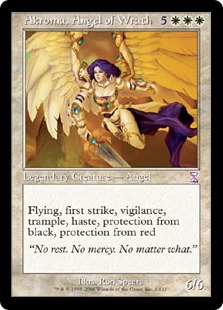
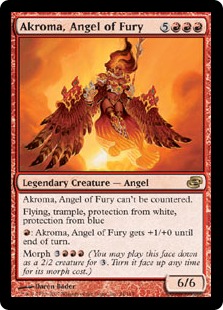
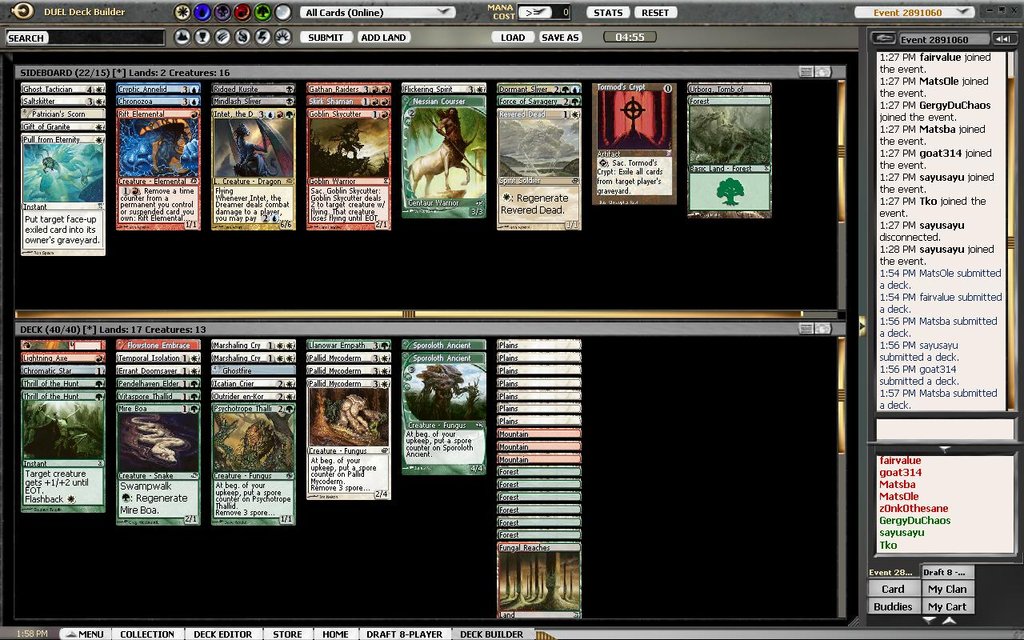

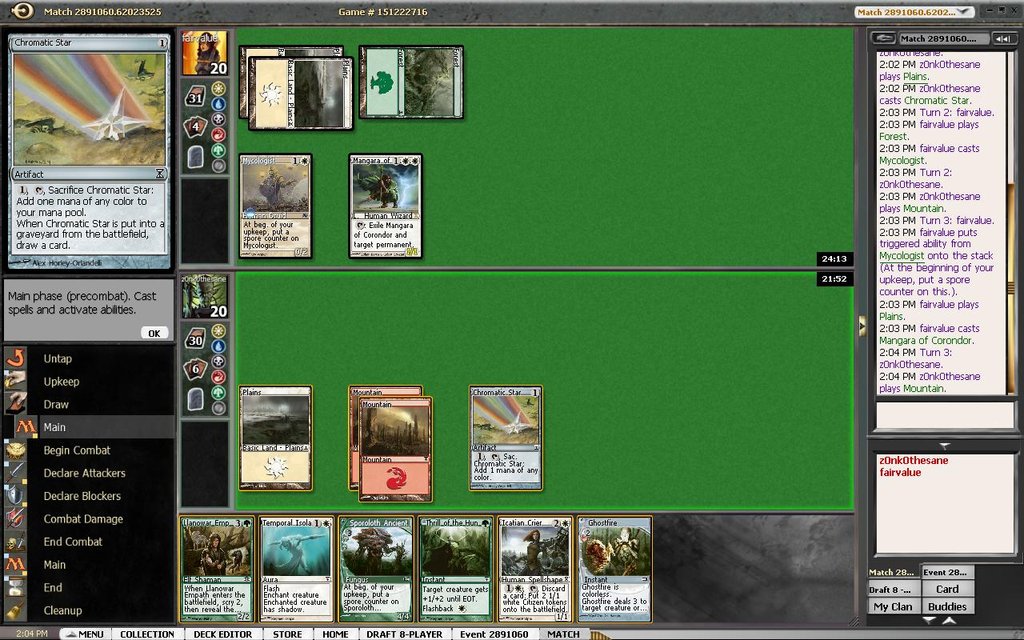
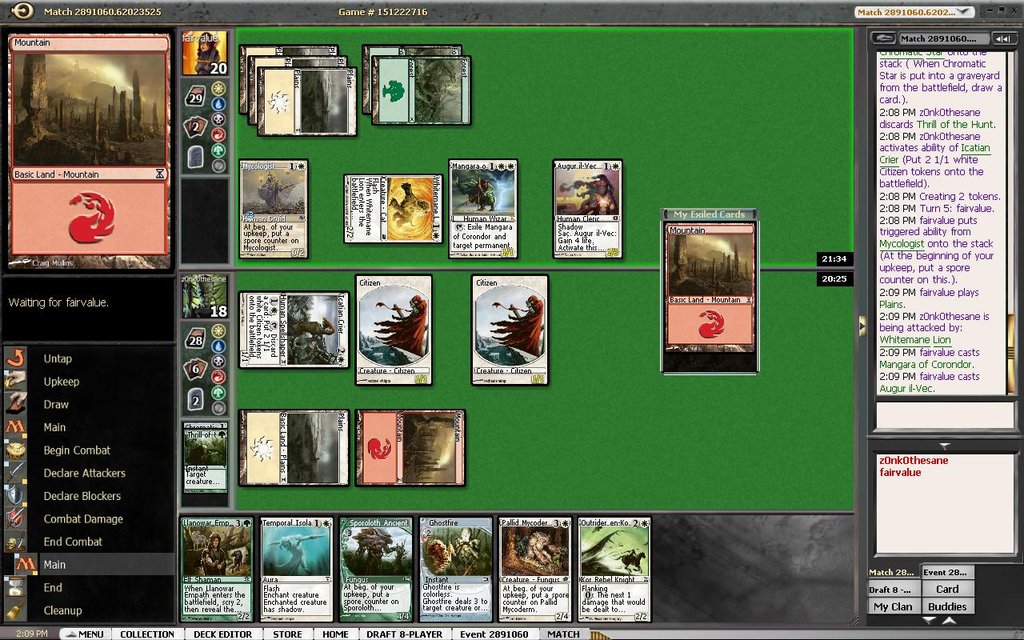
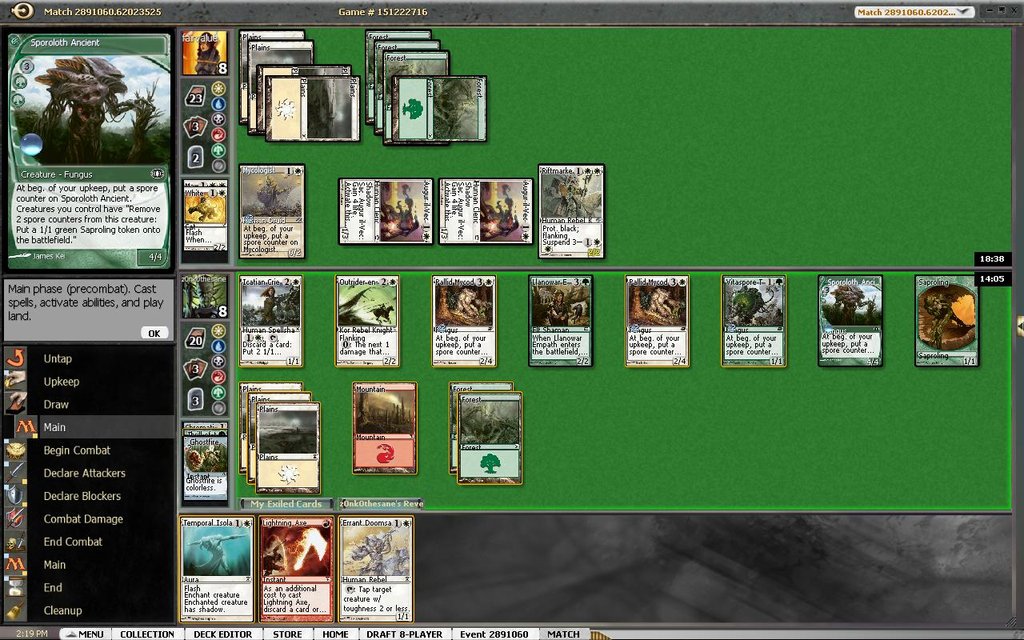


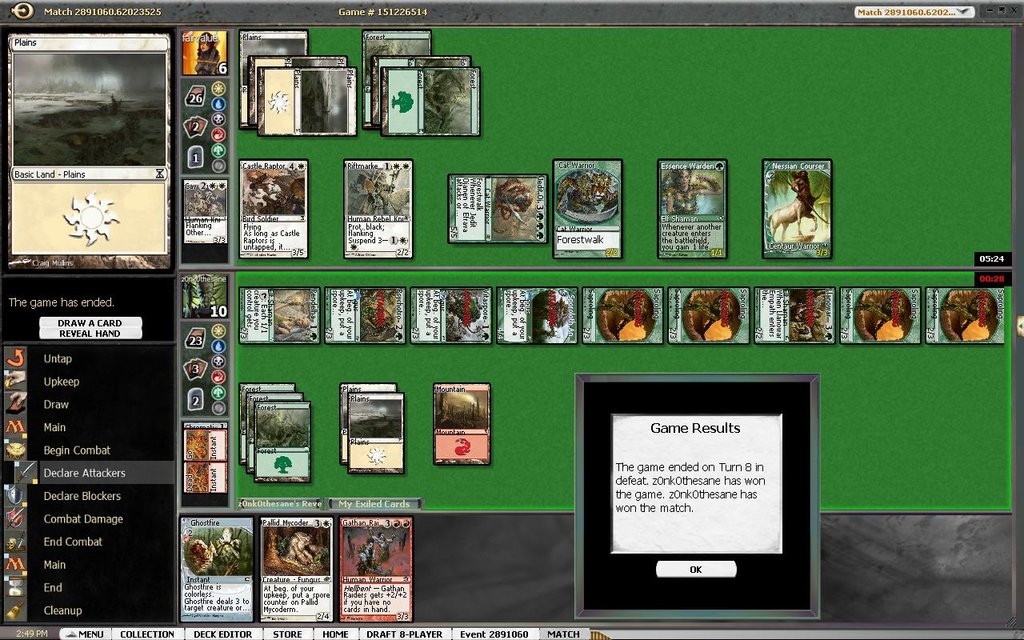

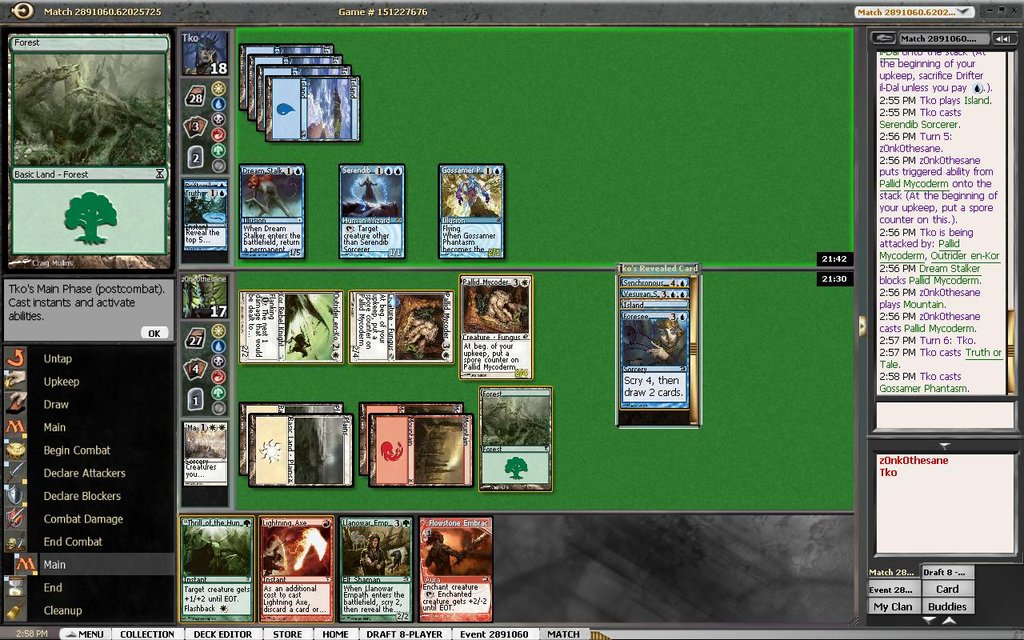
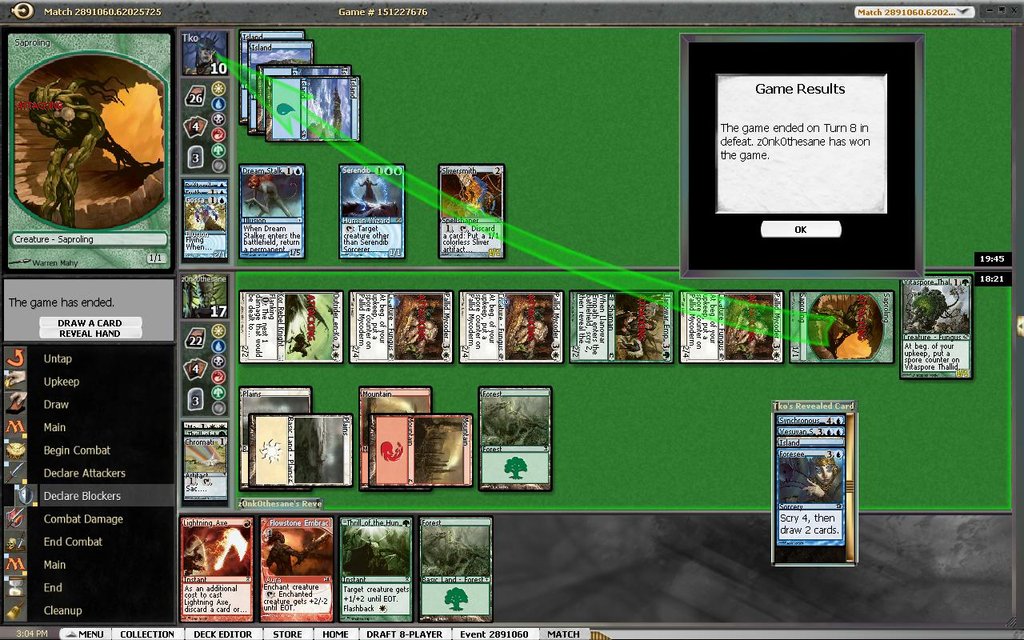

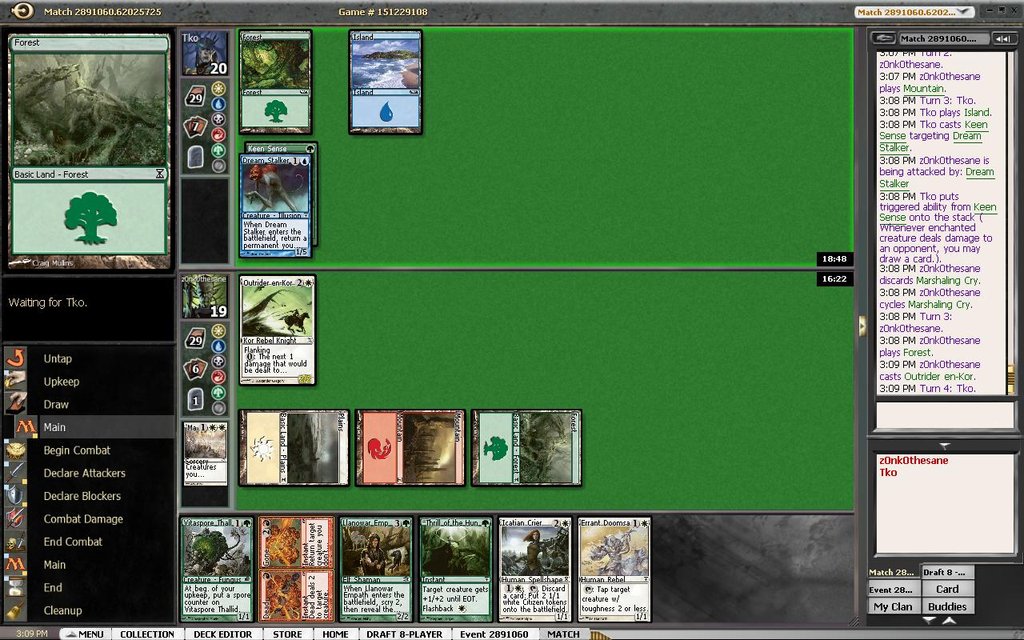
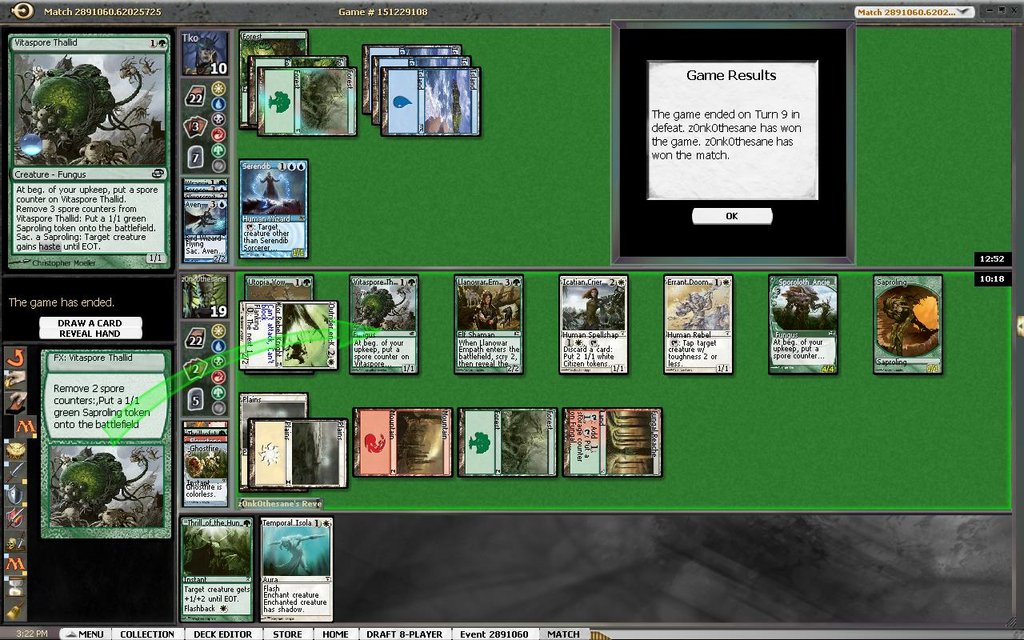

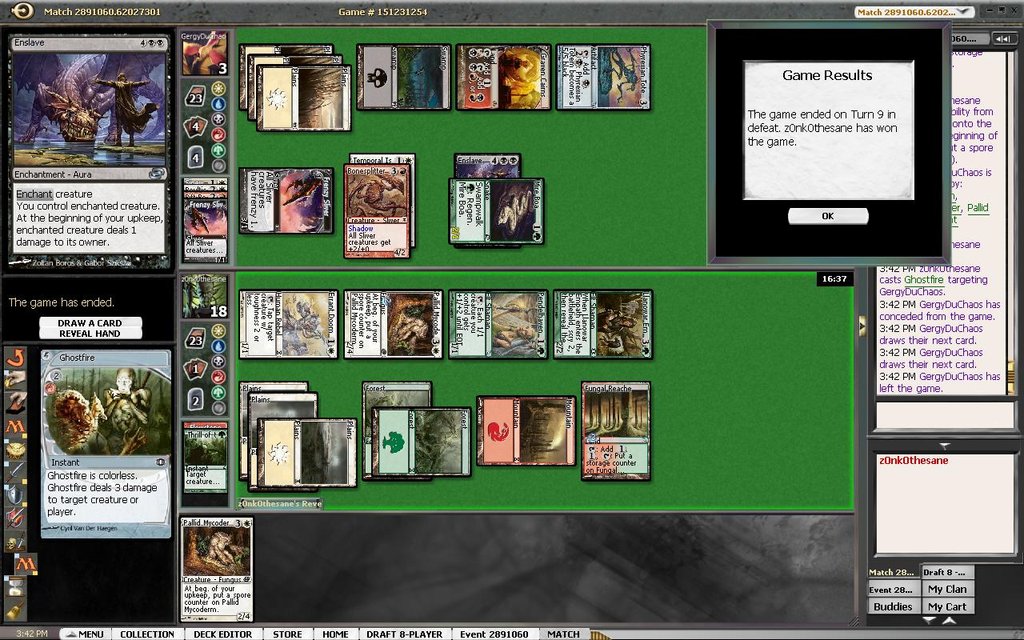

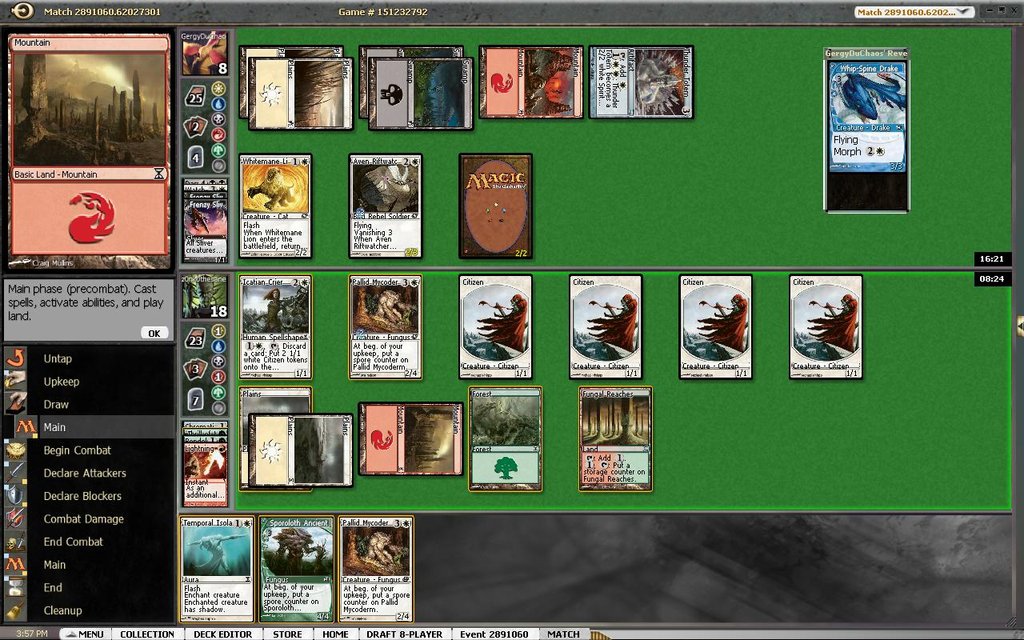
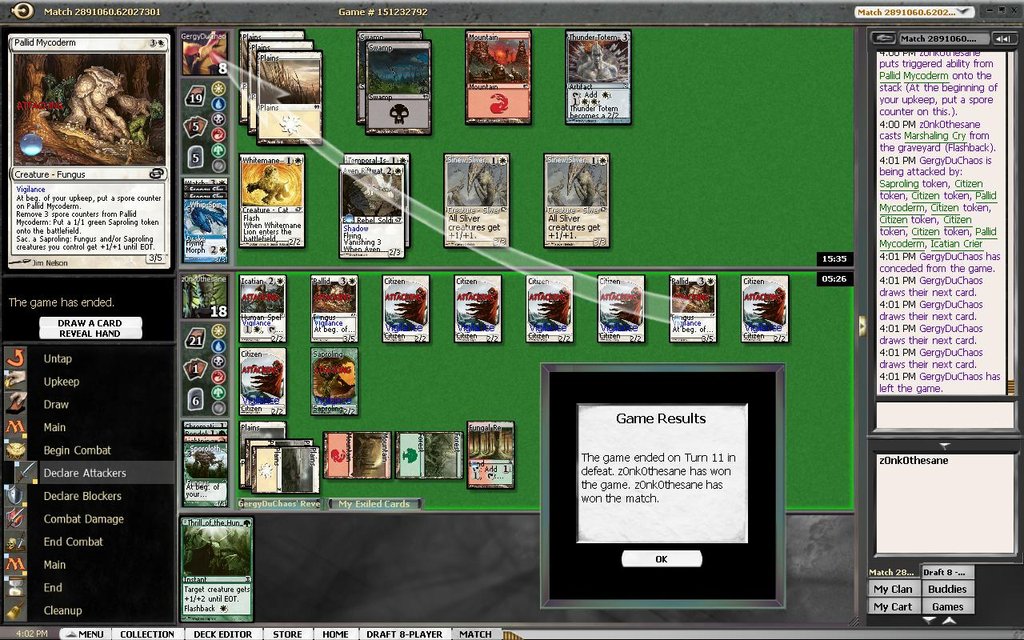
Wow, this has nothing to do with the content of your article, but I must say thank you!
You jolted my memory. You see (bear with me), when I signed up for mtgo in the spring of 2010, I had a suspicion that I had already created an account a few years before. But I couldn’t remember the name and my memory was fuzzy, with no distinct recollection of specific games played. All I felt was a bit of familiarity with the system and images of playing in Ravnica and Time Spiral limited events in my head.
It sounds strange to not remember something that happened fewer than ten years ago, but at the time I had a medical condition that involved a lot of pain, really bad pain that would keep me up at night and haunt me during the day, so much that I actively repressed my memory in that period of time. So, later I did not trust my own memories of having an account, explaining them away with the time I played on my brother’s account when his work made him too busy to finish his league play. (Don’t do this, I’m pretty sure you’re not supposed to play on others’ accounts.)
But when I saw the two Akromas at the top of your article, I recalled a distinct memory of having a blast playing a limited deck with four Akromas, two of each color. Finally I had a confident feeling that I had surely created my own account, and that those fuzzy memories were real!
I did try to guess my old account before I made a new one in 2010, but nothing I guessed worked. After being inspired by your dual Akroma pic, I searched harder in some older email addresses I don’t use anymore and I dug up a message from WotC with my old account name and password. I logged on and lo and behold, it still had the four Akromas and some other cards from TSP and RAV block, nothing worth much but a lot of sentimental value. And 6 whole tickets!
In conclusion, thanks for randomly restoring some connections in my brain with those Akroma images.
tl;dr having 4 Akromas in a limited deck is totally sweet.
^ that was actually a very nice comment.
@ Nameless1:
Happy to help! Also, sweet name. I love Onslaught Block.